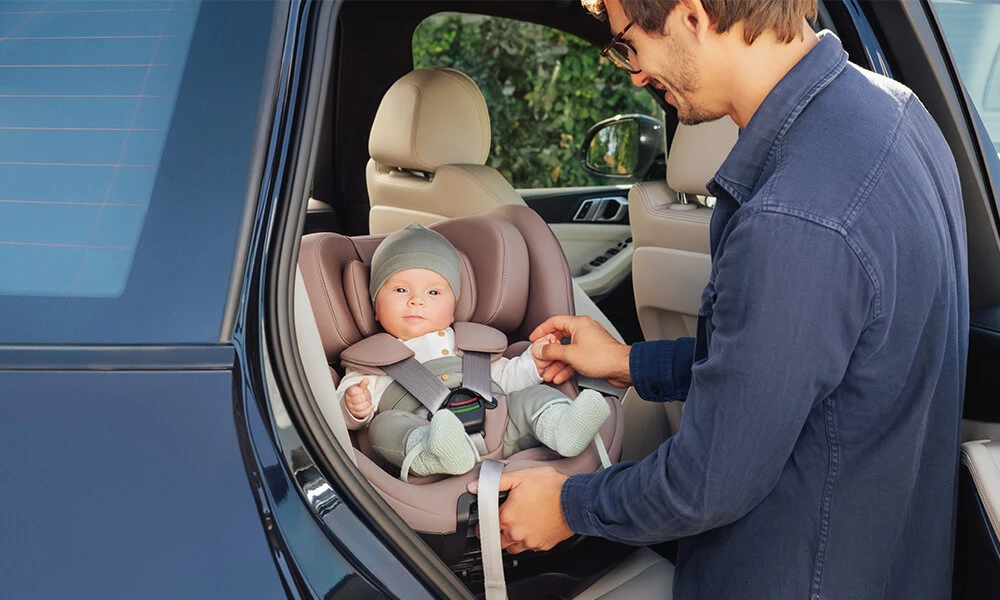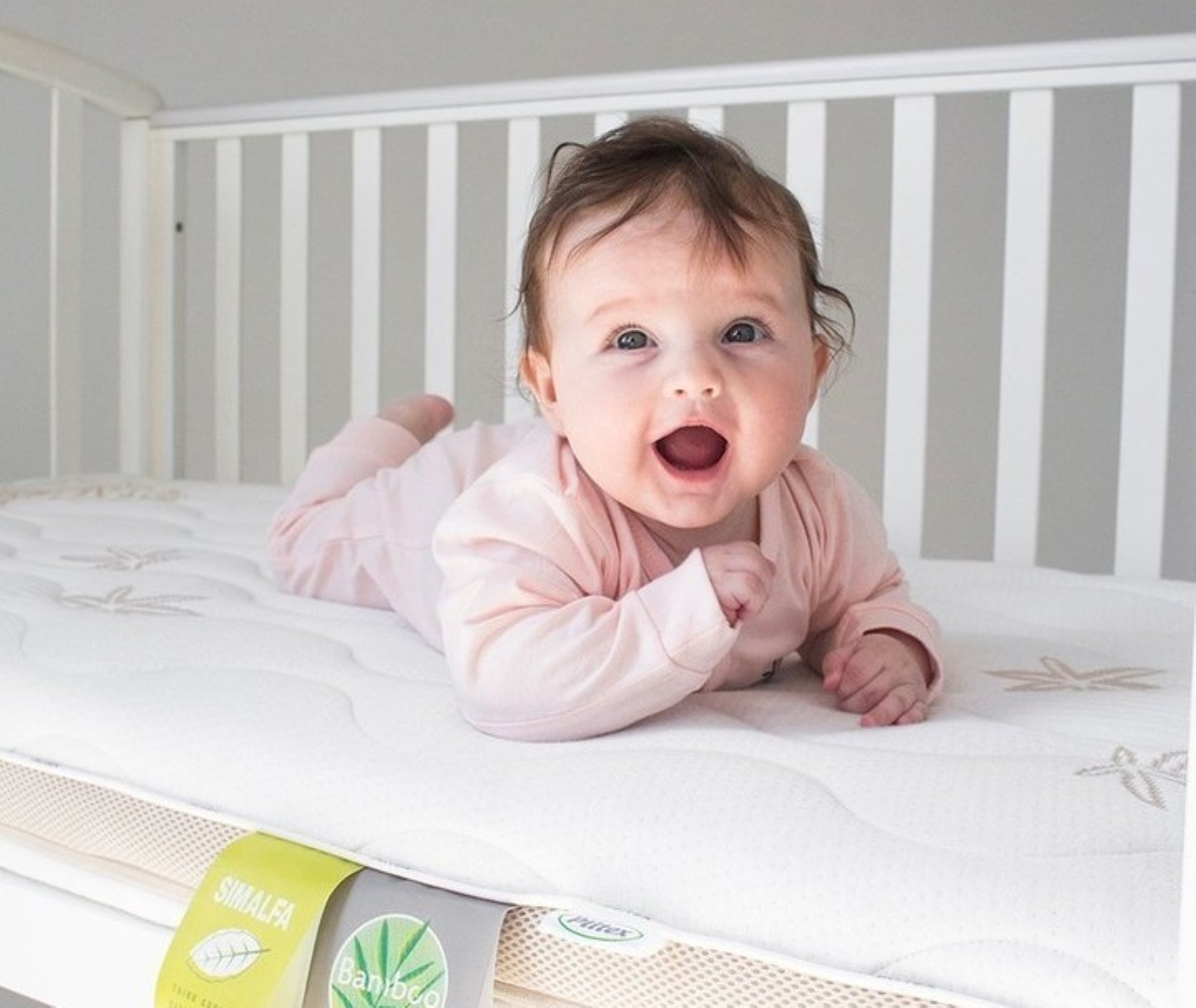A Child’s Backpack and Physical Growth: Recommendations from Podiatrist Tamar Chichinadze

When a child begins school, parents usually focus on textbooks, uniforms, and stationery — yet often forget one of the most crucial details: the child’s physical well-being. A school backpack, carried every day, is far more than a simple accessory. It represents a daily load that directly affects a growing body.
An overly heavy, poorly fitted, or one-shouldered backpack places excessive pressure on the spine, gradually disrupting the body’s natural alignment. According to Dr. Tamar Chichinadze, a podiatrist, the choice of an ergonomic backpack is closely tied to a child’s posture, mobility, and overall physical development.
Why the Right Backpack Matters?
A child’s spine is still developing — bones are flexible, and muscles are not yet strong enough to support excess weight. Daily strain from a heavy kid backpack forces the body to compensate: a child may lean forward or to the side, which over time can lead to scoliosis or kyphosis.
“A proper school backpack should have wide, soft straps and a firm back panel that rests between the shoulder blades and waist,” says Dr. Chichinadze.
A well-chosen model not only prevents spinal deformation but also encourages correct posture, helping the child stay balanced and move freely throughout the day.

Safe Backpack Weight for Children
Experts recommend that a school backpack’s total weight not exceed 10–12% of the child’s body weight. For example, if a child weighs 25 kilograms, their backpack (including books and supplies) should be no heavier than 2.5–3 kilograms.
“A six-year-old’s backpack should not weigh more than three kilograms. Unfortunately, many children carry 7–8 kilograms daily — a serious load for an immature spine,” emphasizes Dr. Chichinadze.
Parents can help reduce this burden by occasionally carrying or supporting the backpack, especially on the way to and from school. Even small actions like these significantly reduce daily strain on the back.
Rolling Backpacks: Practical or Problematic?
At first glance, wheeled backpacks may appear convenient — yet specialists caution that they’re not always the best solution.
“When a child pulls a backpack on one side, it disturbs the body’s symmetry. Uneven weight distribution increases the risk of asymmetry and posture problems.”
While rolling models seem comfortable, they do not offer adequate spinal support. The safest choice remains a structured, ergonomic backpack that evenly distributes weight, maintains correct posture, and allows natural movement without strain.

The Hidden Impact of Gadgets on the Spine
Screens have become inseparable from modern childhood. Smartphones, tablets, and computers accompany children in learning and leisure — yet their overuse can have visible physical consequences.
“Frequent gadget use often leads to kyphosis. Children bend forward, keep their neck muscles tense, and the upper spine gradually curves," notes Dr. Chichinadze.
Prolonged downward viewing disrupts more than posture — it affects breathing, blood circulation, and vision. Constant head tilting also strains the eyes and can even influence jaw alignment.
To prevent these effects, specialists advise:
- Limiting screen time to 1 hour per day for children aged 6–9;
- 1.5–2 hours for children aged 10–14;
- Keeping the screen at eye level, ensuring back support, and resting feet flat on the floor.
Proper posture and mindful screen habits relieve tension from the neck and spine, improve circulation, and support healthy muscle tone — essential for strong physical development.
Physical Activity and Prevention
Movement is the foundation of a child’s growth. Through active play and motion, children develop coordination, balance, and motor control. When most of the day is spent sitting — especially with a heavy backpack or poor posture — muscles weaken, and spinal stability decreases.
“The spine fully develops around the age of sixteen. This period is critical for forming healthy movement patterns,” Dr. Chichinadze emphasizes.
Prevention is the cornerstone of strong development. Everyday habits — posture, school bag use, and screen time — directly shape a child’s musculoskeletal health. Three simple yet essential rules help ensure balanced growth: choose an ergonomic backpack, maintain proper posture, and encourage regular physical activity.

At Labebe Boutique parents can find a wide range of backpacks designed according to pediatric and ergonomic principles.
Each model supports natural movement and provides maximum comfort for the child:
- Soft, wide straps evenly distribute shoulder pressure;
- A firm, anatomical back panel stabilizes the spine and prevents curvature;
- Thoughtfully designed compartments balance the backpack’s contents.
Labebe's kid backpacks unite aesthetic appeal, practicality, and attention to health — three key elements that foster a child’s overall well-being.
As Dr. Chichinadze reminds us, not all external factors can be changed — but attitude can. A conscious, informed approach to daily habits lays the foundation for a healthy spine, confident posture, and energetic growth.


